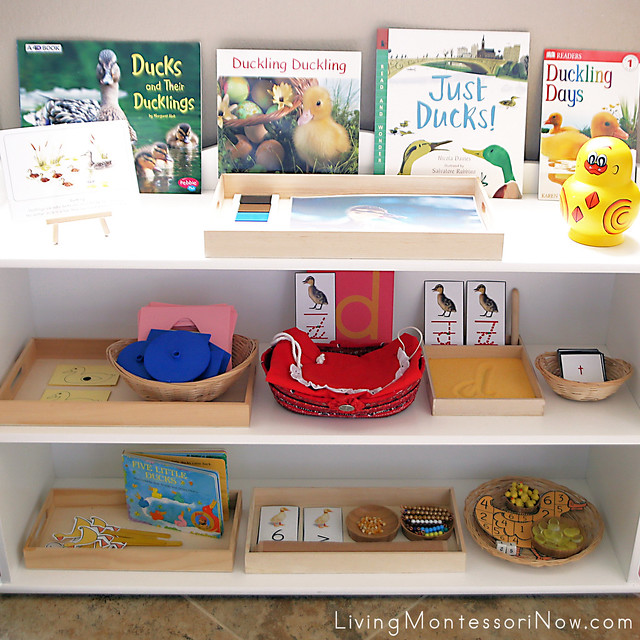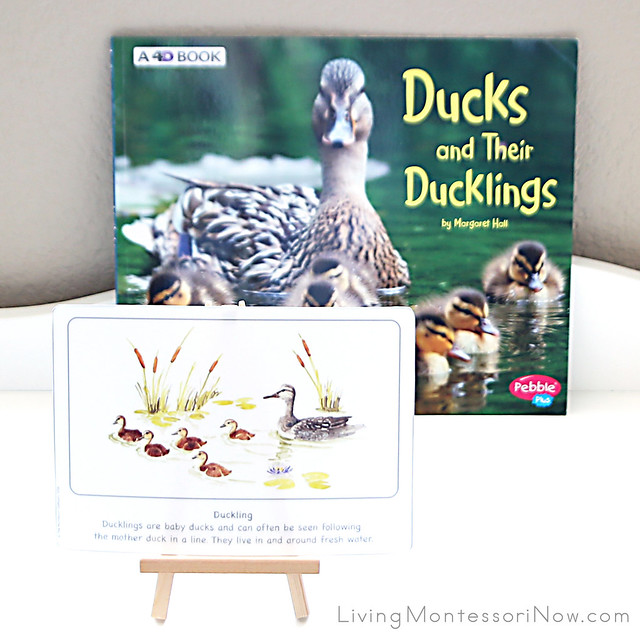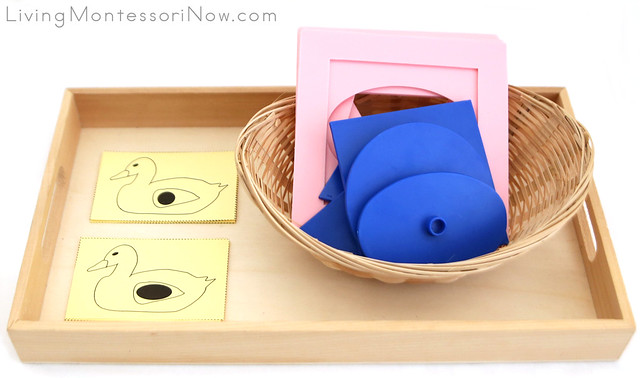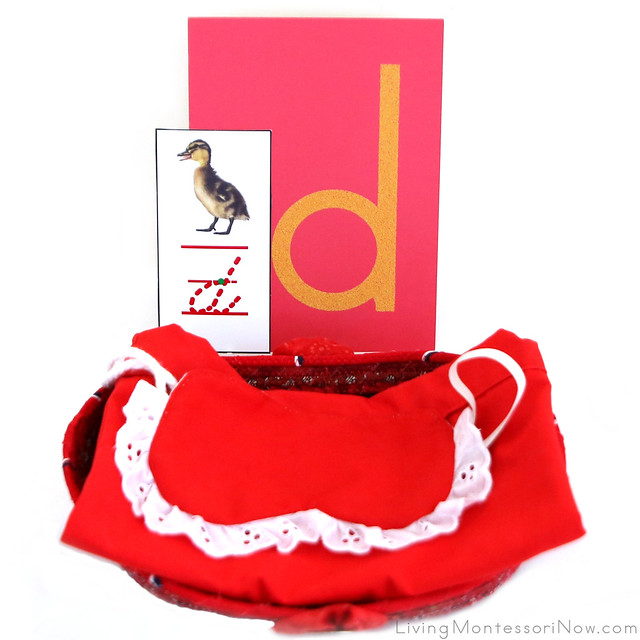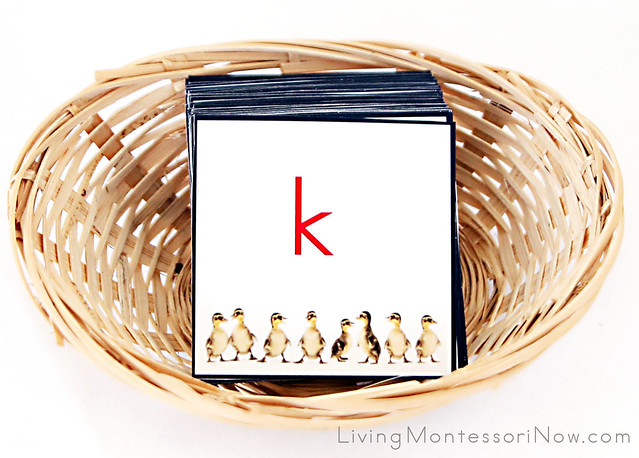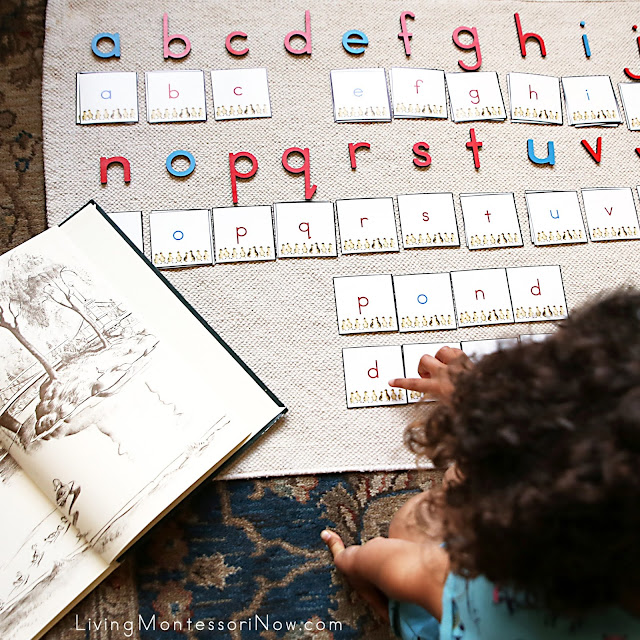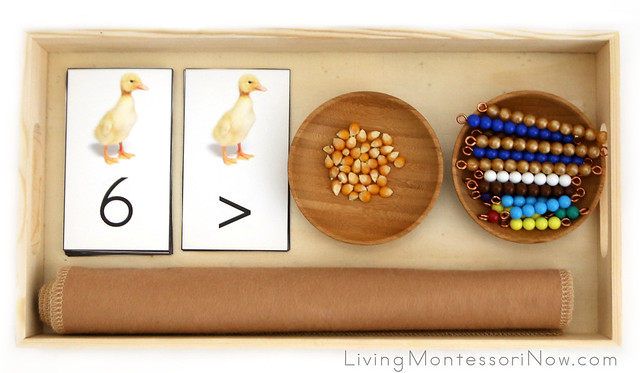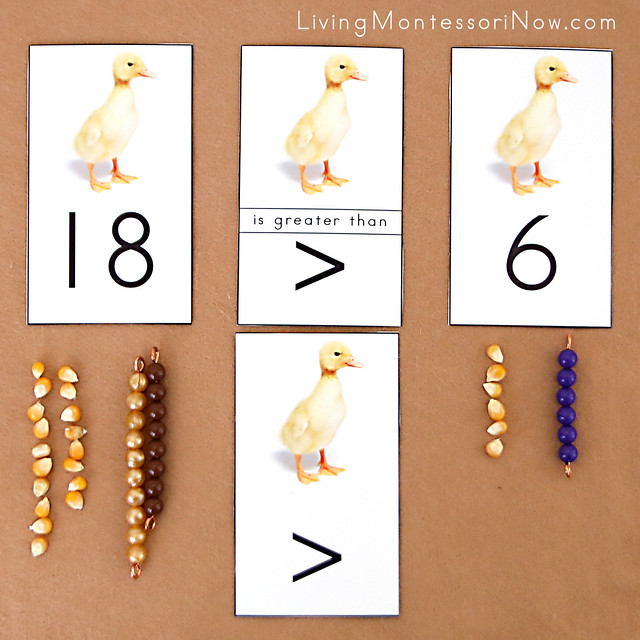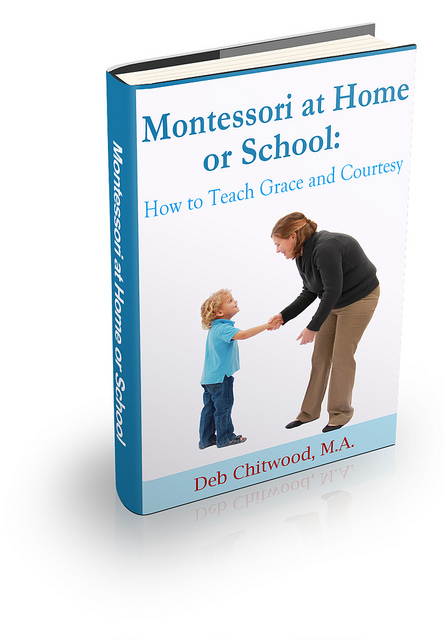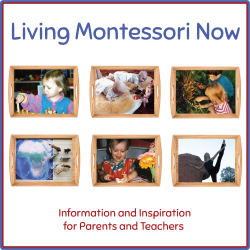Hello!
This movement lesson explores letter knowledge, including recognizing letter shapes, making the shapes with the body, and learning the sound the letter represents. It also explores sequencing, word meanings, and making words and sentences. In addition, encouraging children to make letters in space, whether standing, sitting, lying down, or jumping, helps to develop a child's spatial sense.
Before we begin, it is
important to note that the kinesthetic exploration of letters is what is important in this activity. Whether or not
he accomplishes the exact letter shape, it is the child's recognition
of the letter, his attempts to make the shapes with his body, and
exploring new ways to move that are the valuable learning experiences.
Dancing About Letters!
Time of Activity: 20-40 minutes
Materials: 2, 3, 4, or 5 letters written on paper, or letter flash
cards; and a large, open
space, if available
Music: 1 or 2 upbeat musical selections (suggestions below*), and a drum or tambourine, if available
- Choose two to five letters that make a word, and write each
of them on separate sheets of paper (or use flash cards). As an example,
let's use the letters D-A-N-C-E.
- Hold up one of the letters, say the name of the letter, and have the children repeat the name and the sound of the letter. Now ask the children to make this letter using their whole body (not just hands and fingers). Do the same for each letter. Practice this until the children can make each letter in their bodies without needing the visual cue of the letters you are holding.
Continue with these playful activities that will help to reinforce the learning:
- Play a lively piece of music. Allow the children to
dance while the music is playing. Stop the music and call out one of
the letters, and ask the children to make that shape in their bodies.
Continue this until you have named each letter several times, in
random order.
- Using a drum, tambourine, or just clapping your hands, now
call the letters out one after the other on each beat or clap. Ask
the children to make the shape as you name each letter. Start out
slowly, and increase the speed as the children become more efficient at
responding. When you have done it as fast as they can respond, ask
them to freeze in the shape of the last letter you called out. Then
ask them to melt to the floor holding the shape as long as they can, and
then make the letter shape on the floor with their body.
- Bring five children up to the front, or to a place where
everyone can see them. Have them make the letters for the word
"D-A-N-C-E" in order, and see if the class can figure out the
word.
- Move the children around so that the letters are out of
order, and see if the class can remember the correct order of the letters
in the word.
- Once the letters are in the correct order again, ask each
child to hold an imaginary pencil and trace the letters of the word one by
one in the air.
- Finish with a free dance about the letters or the word the
letters make, such as an alphabet song or a song about dancing. Two
examples are Dance in Your
Pants by David Jack, and Funky Bluesy ABC's, by Taj Mahal.*
Expand the activity:
- Choose a different word each time you do this activity
- Repeat the activity using another corresponding word, or
several words, such as D-A-N-C-E I-S F-U-N. This is a good
exercise for practicing sequencing and making sentences.
- Build this lesson around a specific piece of music that
includes the word you are using, or tells a story using the word (for
example, if you are spelling the word F-I-S-H, play Goldfish* by Laurie Berkner).
- Try doing the word or words using all uppercase letters
first, and then do the same using lowercase letters.
- Ask the children to walk the path of each letter on the
floor, imagining they have paint or chalk on the bottoms of their shoes.
Connie






















